For many Canadians suffering from the debilitating pain of cartilage damage and osteoarthritis, the prospect of a long wait for conventional treatments, which may only manage symptoms, is a frustrating reality. However, a promising and innovative solution is gaining traction just south of the border. Stem cell therapy for cartilage regeneration in Mexico is emerging as a beacon of hope, offering a potentially restorative treatment at a fraction of the cost and with significantly shorter waiting times than in Canada. This comprehensive guide explores everything you need to know about this cutting-edge therapy in Mexico.
Key Takeaways
-
Significant Cost Savings: Canadians can save upwards of 60-70% on stem cell therapy for cartilage regeneration by choosing treatment in Mexico.
-
Reduced Wait Times: Access to timely treatment is a major advantage, bypassing the long queues often experienced within the Canadian healthcare system.
-
Advanced Treatment Options: Mexican clinics often utilize advanced protocols and high cell counts, offering treatments that may not be widely available in Canada.
-
Cost of Stem Cell Therapy for Cartilage Regeneration (per joint):
-
Mexico: $2,000 - $8,500 USD
-
Canada (if available privately): $15,000 - $30,000+ USD
-
United States: $20,000 - $25,000+ USD
-
Understanding Stem Cell Therapy for Cartilage Regeneration
Stem cell therapy for cartilage regeneration is a revolutionary medical approach that harnesses the body's own natural healing mechanisms to repair damaged joint cartilage. Unlike traditional treatments that primarily focus on pain management, this regenerative therapy aims to address the root cause of the problem.
At its core, the therapy involves introducing mesenchymal stem cells (MSCs) into the affected joint. These remarkable cells are multipotent, meaning they have the ability to differentiate into various cell types, including chondrocytes—the cells responsible for forming and maintaining cartilage. The primary goals of this therapy are to reduce inflammation, alleviate pain, and, most importantly, stimulate the growth of new, healthy cartilage tissue. This can lead to improved joint function, increased mobility, and a significant enhancement in the overall quality of life for individuals suffering from conditions like osteoarthritis, sports injuries, and other degenerative joint diseases.
Why are Canadians Turning to Mexico for Stem Cell Therapy?
The primary drivers for the growing trend of Canadians seeking stem cell therapy in Mexico are the substantial cost advantages and the accessibility of treatments that are still considered experimental or are not widely available back home. This combination of affordability and innovation makes Mexico an attractive medical tourism destination.
In Canada, stem cell therapies for orthopedic conditions are largely in the clinical trial phase and are not covered by provincial health plans. This leaves patients with the option of seeking private treatment, which can be prohibitively expensive, or enduring long waits for conventional surgeries like joint replacement.
Mexico, on the other hand, has a more progressive regulatory environment for regenerative medicine. This has allowed for the establishment of state-of-the-art clinics staffed by experienced physicians who offer advanced stem cell protocols. The significantly lower operational and living costs in Mexico translate into treatment packages that are a fraction of the price of what one might pay in Canada or the United States, without compromising on the quality of care.
Did You Know? Medical tourism in Mexico is a rapidly growing industry, with patients from the US and Canada saving an average of 40-65% on various medical procedures.

The Stem Cell Therapy Procedure: What to Expect
The process of receiving stem cell therapy in Mexico is designed to be straightforward and patient-centric, from the initial consultation to post-treatment follow-up. Reputable clinics prioritize clear communication and a high standard of care throughout the patient's journey.
-
Initial Consultation & Medical Review: The process begins with a remote consultation. You will be asked to provide your medical history, imaging results (like MRIs or X-rays), and other relevant health information. The medical team in Mexico will then assess your case to determine if you are a suitable candidate for stem cell therapy.
-
Personalized Treatment Plan: If you are deemed a good candidate, the clinic will create a personalized treatment plan. This will outline the type and number of stem cells to be used, the method of delivery (typically direct intra-articular injection), and any supplementary therapies that may enhance the outcome. You will also receive a detailed cost breakdown.
-
Arrival and Pre-Treatment: Upon your arrival in Mexico, you will have an in-person consultation with the treating physician. They will conduct a physical examination and may perform additional tests to ensure you are ready for the procedure.
-
The Procedure: The stem cell procedure itself is minimally invasive and is usually performed on an outpatient basis. The stem cells are carefully injected into the damaged joint, often under ultrasound guidance to ensure precise placement. The entire process typically takes only a few hours.
-
Recovery and Follow-Up: After the procedure, you will have a short recovery period at the clinic before being discharged. Most patients can travel back home within a few days. The clinic will provide you with post-treatment instructions and will typically schedule follow-up consultations to monitor your progress.
Candidacy for Stem Cell Cartilage Regeneration
While stem cell therapy holds great promise, it is not a one-size-fits-all solution. Ideal candidates are typically those in the earlier stages of cartilage degeneration who are seeking an alternative to major surgery.
Good candidates for stem cell therapy for cartilage regeneration often include individuals with:
-
Mild to moderate osteoarthritis: Patients who have not yet reached the "bone-on-bone" stage often see the best results.
-
Cartilage damage from sports injuries: Athletes looking to repair torn cartilage and accelerate their return to activity can be excellent candidates.
-
Chronic joint pain: Individuals who have not found relief with conservative treatments like physical therapy, medication, or corticosteroid injections.
-
A desire to avoid or postpone joint replacement surgery: Stem cell therapy can be a viable option for those who are not ready for or do not want to undergo a major surgical procedure.
It's important to have a thorough evaluation by a qualified regenerative medicine specialist to determine if this treatment is right for you.
The Cost of Stem Cell Therapy for Cartilage Regeneration: Mexico vs. Canada
The financial incentive for Canadians to travel to Mexico for stem cell therapy is undeniable. The cost savings can be substantial, making this advanced treatment accessible to a wider range of patients.
Note: Prices are estimates and can vary based on the specific clinic, the complexity of the condition, and the treatment protocol. It's crucial to get a personalized quote from your chosen provider.
Risks and Recovery
Like any medical procedure, stem cell therapy carries some potential risks, although they are generally considered to be low. The recovery process is typically much quicker and less intensive than that of traditional joint surgery.
The most common risks are associated with the injection itself and may include temporary pain, swelling, or bruising at the injection site. The risk of infection is minimized by performing the procedure in a sterile clinical environment. Since the therapy often uses a patient's own stem cells (autologous) or carefully screened donor cells (allogeneic), the risk of an adverse immune reaction is very low.
Recovery is a gradual process. While some patients report feeling improvement within a few weeks, it can take several months to experience the full benefits as the stem cells work to repair the damaged tissue. Your doctor will likely recommend a period of rest followed by a gentle physical therapy program to help strengthen the joint and optimize the healing process.
Expert Insight "The goal of stem cell therapy for cartilage regeneration is not just to mask the pain but to fundamentally change the joint environment. By introducing a high concentration of regenerative cells, we aim to reduce inflammation and stimulate the body's own repair mechanisms. While results can vary, many patients experience a significant reduction in pain and an improvement in function that can delay or even eliminate the need for joint replacement surgery."
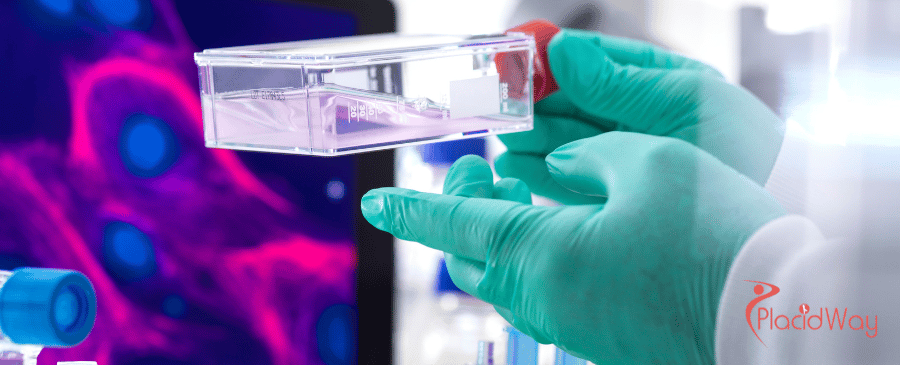
FAQs: Stem Cell Therapy in Mexico
Is stem cell therapy legal in Mexico?
Yes, stem cell therapy is legal in Mexico. The country has its own regulatory body, COFEPRIS (the Federal Commission for the Protection against Sanitary Risk), which oversees medical practices, including regenerative medicine clinics.
What kind of stem cells are used for cartilage regeneration?
The most commonly used stem cells for orthopedic conditions are mesenchymal stem cells (MSCs). These can be sourced from the patient's own bone marrow or adipose (fat) tissue, or from umbilical cord tissue of healthy, screened donors.
How successful is stem cell therapy for knee cartilage?
Success rates can vary depending on the severity of the cartilage damage, the patient's overall health, and the specific treatment protocol used. However, many studies and patient testimonials report significant improvements in pain and function, with some research showing success rates of up to 80% in reducing pain and improving mobility.
How long do the effects of stem cell therapy last?
The longevity of the results is still being studied, but many patients experience long-term relief, often lasting for several years. The goal of the therapy is to promote lasting tissue repair, not just temporary symptom relief.
Are the clinics in Mexico safe and reputable?
While it's essential to do your research, there are many highly reputable and internationally accredited clinics in Mexico that adhere to strict safety and quality standards. Look for clinics with experienced doctors, positive patient reviews, and transparent pricing.
Will my Canadian insurance cover treatment in Mexico?
It is highly unlikely that provincial health plans or private Canadian insurance will cover stem cell therapy in Mexico, as it is often considered an elective or experimental treatment. However, the significant cost savings often make it an affordable option even when paying out-of-pocket.
Take the Next Step with PlacidWay
Ready to explore how stem cell therapy in Mexico can help you find lasting relief from joint pain? PlacidWay is your trusted partner in medical tourism. We can connect you with leading, pre-screened clinics in Mexico that specialize in regenerative medicine.
Contact us today for a free, no-obligation consultation and personalized quote. Let us help you navigate your journey to a pain-free and more active life.

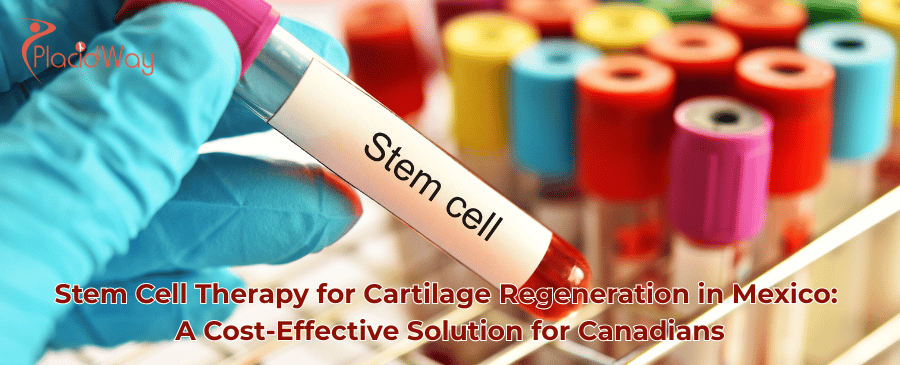

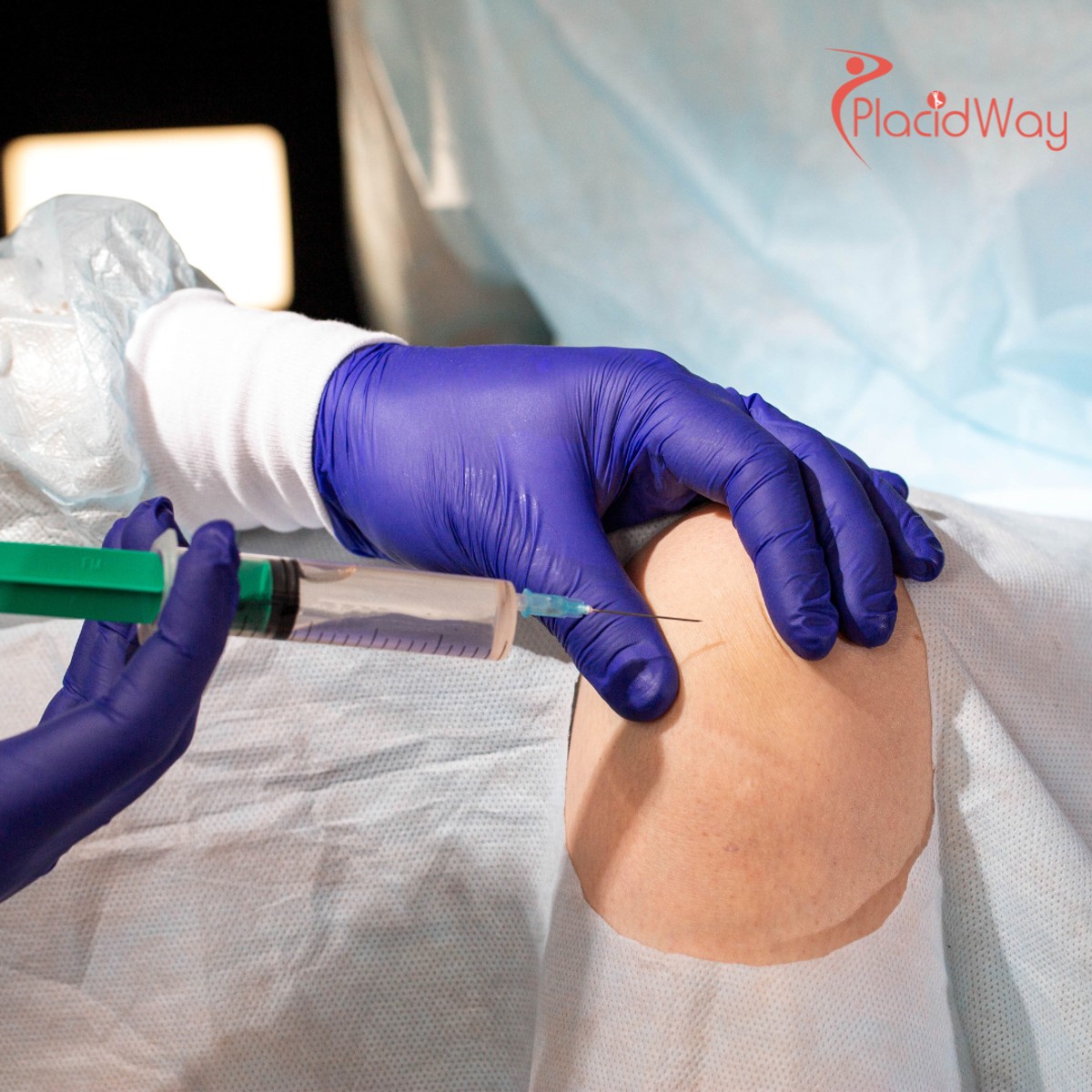





.jpg)
.png)
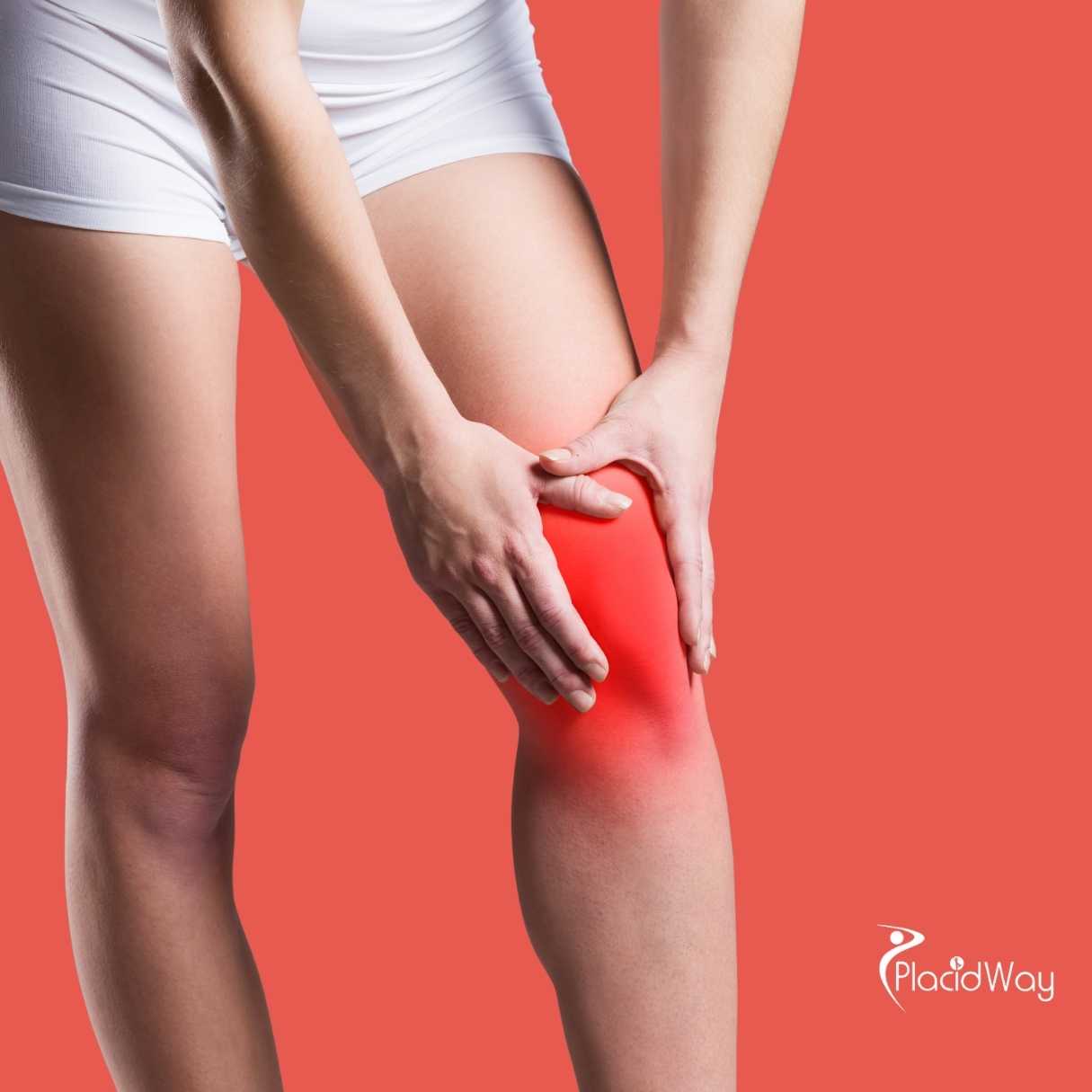
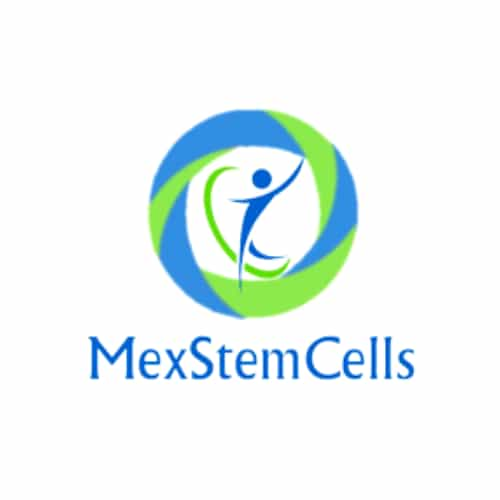


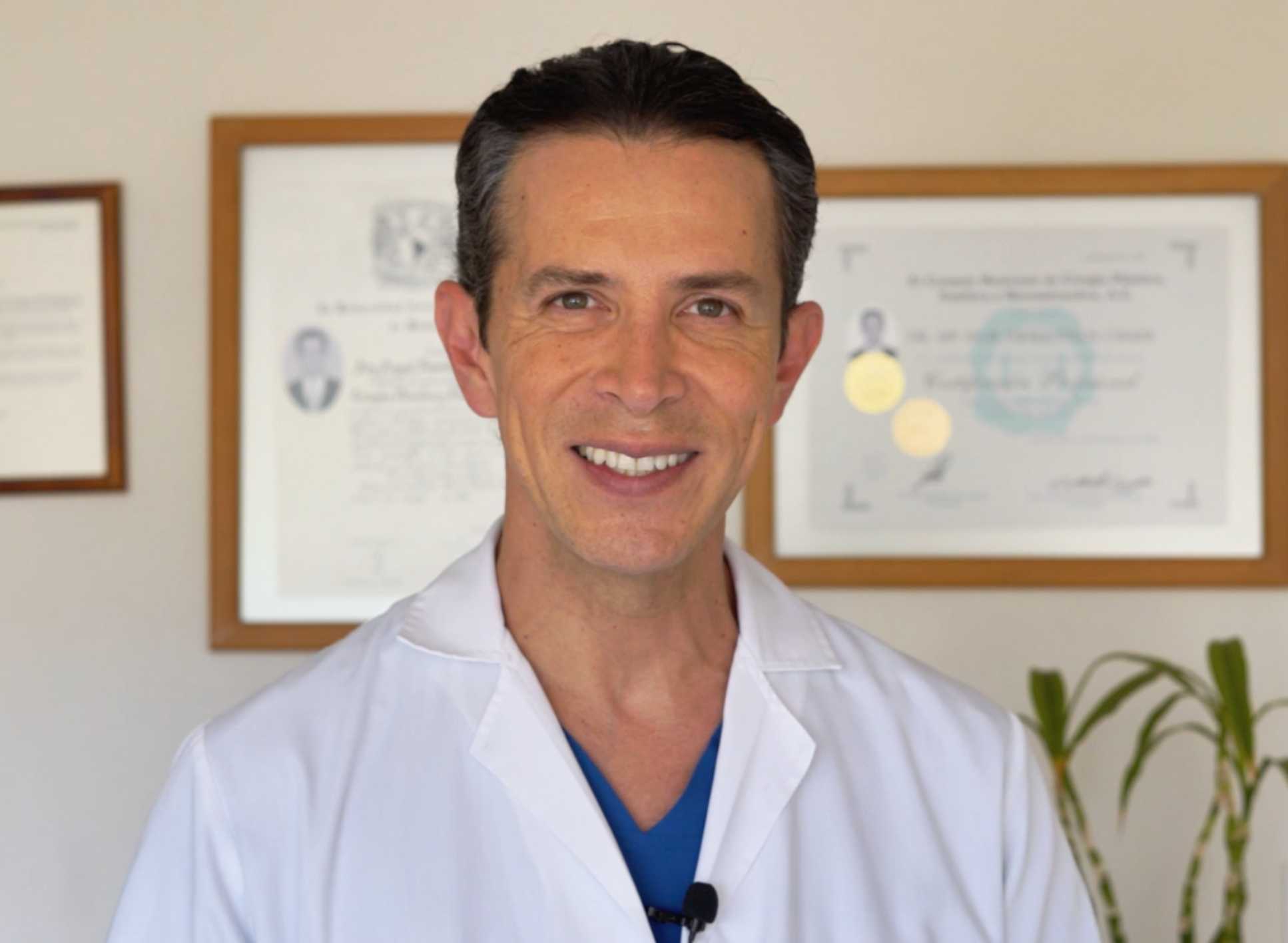


Share this listing